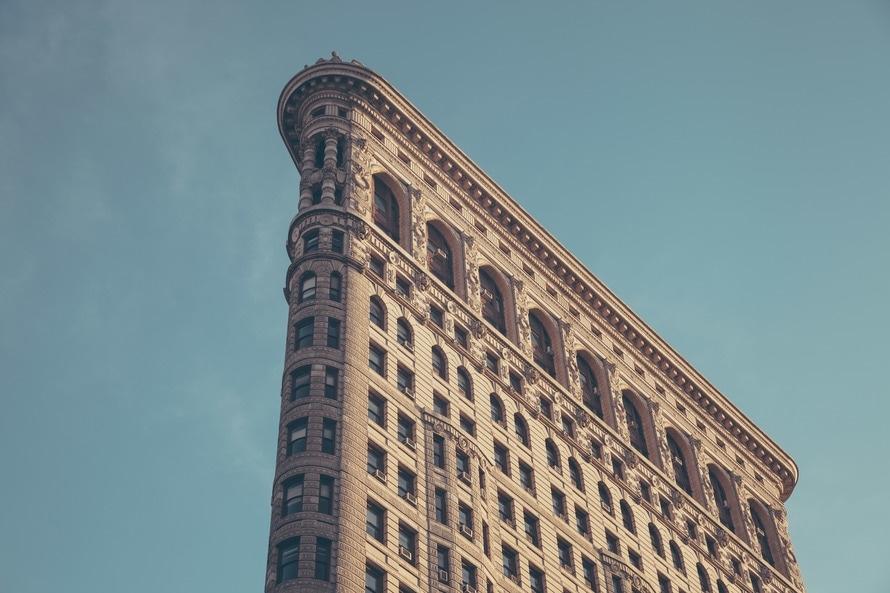In a way, adaptive reuse means changing a building’s function while keeping its form. Adaptive reuse has become popular in the ever-changing social and business climate of New York City. For example The Knickerbocker Telephone Company Building was built in 1894, and for many years was the home of a number of manufactures. After an extensive exterior and interior restoration completed in 2016, the 105,000 sf manufacturing building was converted into high end office space for JC Penny and a storefront showroom for Pirch.
BENEFITS:
Save Money
Demolition and new construction can certainly be costly. By simply making use of an existing structure precious funds and resources can be saved. There are even some incentives such as eligible tax credits covering up to 20% of the cost of restoration.
Save History
Locals are proud of their neighborhood’s architectural landscape. By updating historical buildings, or buildings that have meaning to the existing community, developers can preserve the neighborhood’s identity and charm.
Save the Environment
New buildings have higher embodied energies than adaptive reuse buildings. In 2001 new construction accounted for about 40% of annual energy and raw materials consumption, 25% of wood harvest, 16% of fresh water supplies, 44% of landfill, 45% of carbon dioxide production and up to half of the total greenhouse emissions from industrialized countries. Adaptive reuse retains a building’s original embodied energy by bypassing wasteful demolition and construction, adaptive reuse saves precious time, energy and materials.
To learn more about our services and how this could benefit your company, contact us.




